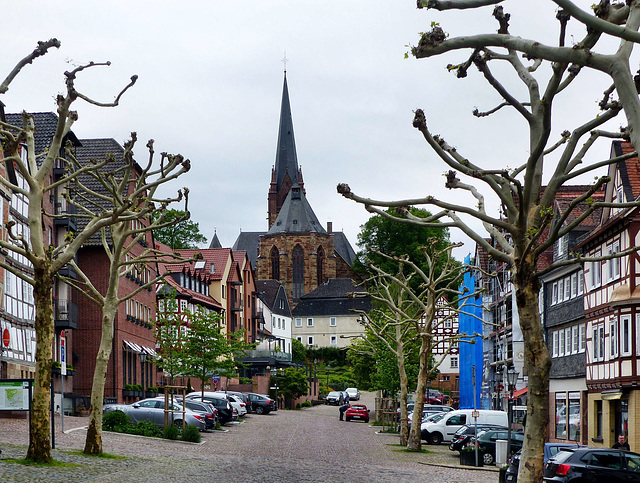Frankenberg - Liebfrauenkirche
Frankenberg - Liebfrauenkirche
Frankenberg - Liebfrauenkirche
Frankenberg - Liebfrauenkirche
Frankenberg - Liebfrauenkirche
Frankenberg - Liebfrauenkirche
Frankenberg - Liebfrauenkirche
Frankenberg - Liebfrauenkirche
Frankenberg - Liebfrauenkirche
Frankenberg - Liebfrauenkirche
Palermo - Via Maqueda
Palermo - Gelateria
Palermo - Teatro Massimo
Palermo - Santa Rosalia
Palermo - Sant'Agostino
Palermo - Sant'Agostino
Palermo - Sant'Agostino
Palermo - Sant'Agostino
Palermo - Sant'Agostino
Palermo - Il Pinguino
Palermo
Palermo - Cattedrale di Palermo
Palermo - Cattedrale di Palermo
Frankenberg - Steinhaus
Frankenberg - Rathaus
Frankenberg - Rathaus
Frankenberg - Rathaus
Frankenberg - Rathaus
Detmold - Gumball-machine
Detmold - Gumball-machine
Soest - Hohnekirche
Soest - Hohnekirche
Soest - Hohnekirche
Soest - Hohnekirche
Soest - Hohnekirche
Soest - Hohnekirche
Soest - Hohnekirche
Soest - Hohnekirche
Soest - Hohnekirche
Soest - Hohnekirche
Soest - Hohnekirche
Soest - Hohnekirche
Soest - Hohnekirche
Soest - Hohnekirche (PiP)
Soest - Hohnekirche
Location
Lat, Lng:
You can copy the above to your favourite mapping app.
Address: unknown
You can copy the above to your favourite mapping app.
Address: unknown
See also...
Keywords
Authorizations, license
-
Visible by: Everyone -
All rights reserved
-
329 visits
Frankenberg - Liebfrauenkirche


In medieval times the area around was fought for by different parties. In 1232 Konrad of Thuringia, brother in law of Saint Elisabeth, had a fortified complex built here, that dominated the entire middle valley of the Eder river. There were a castle and an ecclesiastical area. Immediately the city was built with a large marketplace. It was obviously planned to have a strong bastion and to take advantage of the favourable traffic conditions.
The inhabitants of the new town were composed of the inhabitants of the surrounding villages and hamlets, who were resettled or voluntarily left their old homes. Frankenberg was soon surrounded by a mighty wall. Of the 25 towers and gates of the old town, only one still exists, the five city gates have disappeared.
The Liebfrauenkirche was built in 1286 according to the model of St. Elizabeth's Church in Marburg, one of the very first churches erected in Germany in Gothic style. It is believed that the entire "Bauhütte" moved from Marburg to Frankenberg to work here at the request of Landgrave Henry I, the grandson of St. Elizabeth.
In 1476, when a fire destroyed the entire town, the Liebfrauenkirche also burned out completely, which led to the loss of the precious original equipment. The church got rebuilt.
After the Reformation, the church became a Protestant church.
An iconoclasm started, under Landgrave Moritz, who, due to his Reformed confession, rigorously enforced the biblical prohibition of images. During this fury statues of saints and other Christian representations and artistic treasures were irretrievably lost in 1606.
The inhabitants of the new town were composed of the inhabitants of the surrounding villages and hamlets, who were resettled or voluntarily left their old homes. Frankenberg was soon surrounded by a mighty wall. Of the 25 towers and gates of the old town, only one still exists, the five city gates have disappeared.
The Liebfrauenkirche was built in 1286 according to the model of St. Elizabeth's Church in Marburg, one of the very first churches erected in Germany in Gothic style. It is believed that the entire "Bauhütte" moved from Marburg to Frankenberg to work here at the request of Landgrave Henry I, the grandson of St. Elizabeth.
In 1476, when a fire destroyed the entire town, the Liebfrauenkirche also burned out completely, which led to the loss of the precious original equipment. The church got rebuilt.
After the Reformation, the church became a Protestant church.
An iconoclasm started, under Landgrave Moritz, who, due to his Reformed confession, rigorously enforced the biblical prohibition of images. During this fury statues of saints and other Christian representations and artistic treasures were irretrievably lost in 1606.
Bergfex, Fred Fouarge, Dimas Sequeira, Nicole Merdrignac have particularly liked this photo
- Keyboard shortcuts:
Jump to top
RSS feed- Latest comments - Subscribe to the comment feeds of this photo
- ipernity © 2007-2025
- Help & Contact
|
Club news
|
About ipernity
|
History |
ipernity Club & Prices |
Guide of good conduct
Donate | Group guidelines | Privacy policy | Terms of use | Statutes | In memoria -
Facebook
Twitter

Sign-in to write a comment.